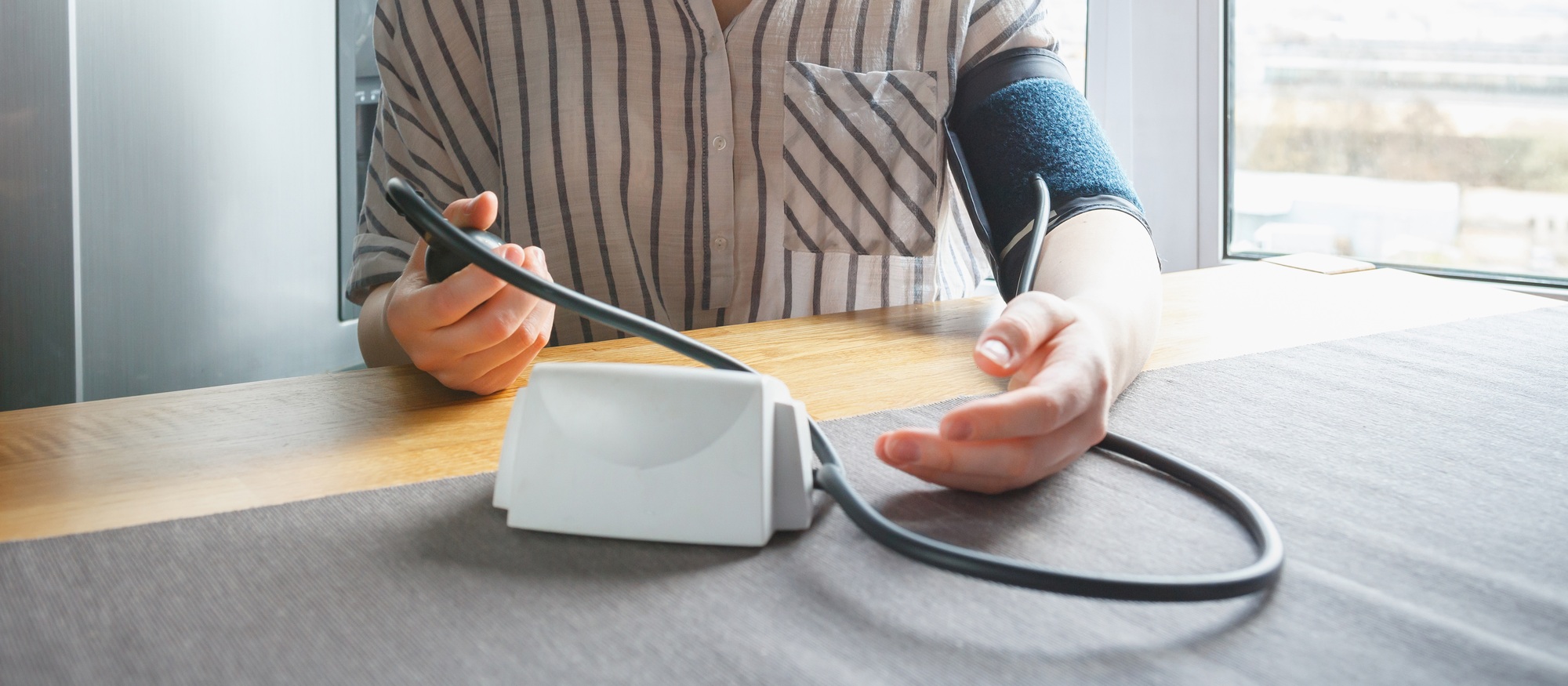By: Hannah Grice, PharmD
September is Healthy Aging Month and has been created to bring national awareness to positive aspects of aging. According to the US Census Bureau, in July of 2019, there were more than 54 million people 65 and older living in the U.S.1 The number of older adults is projected to continue to increase over time. This article is here to give tips to those 65 and older to improve all areas of their health and wellness.
- Monitor Chronic Conditions – Older age brings a higher risk of chronic conditions, such as diabetes, heart disease, high blood pressure, dementia, and cancer. A study by the CDC found that eighty percent of those 65 and older have at least one chronic condition, and nearly 70% of Medicare beneficiaries have two or more.2 To help manage these problems, companies like ours (PharmD Live) have programs to assist patients with disease and drug/medication management.
- Avoid Falls – Each year, 3 million older people are treated in emergency departments for fall injuries.3 Many falls do not cause injury, but some can cause broken bones or head injuries.4 Many conditions, such as vitamin D deficiency, vision problems, and some medications can put you at a higher risk of a fall and bone fracture. Check with your doctor (or see if they are working with a medication therapy management solutions company) to see if any medications you are taking can cause drowsiness or dizziness which may lead to a fall.
- Exercise – The CDC found that 31 million adults age 50 or older were inactive in 2014.5 Those age 18-64, need at least 150 minutes of moderate intensity physical activity per week or 75 minutes of vigorous aerobic exercise.6
- Moderate intensity excercise activities include:
- brisk walking
- water aerobics
- dancing
- doubles tennis
- gardening
- biking slower than 10 miles per hour
- Vigorous intensity exercise include:
- hiking uphill or with a heavy backpack
- running
- swimming laps
- heavy yard work (hoeing or digging)
- singles tennis
- cycling ten miles per hour or faster
- jumping-rope.
- Moderate intensity excercise activities include:
If some of these activities seem impossible, start with small, achievable goals and continue to increase their difficulty. Some exercise is better than none at all. Get up and get moving today!
- Mitigate Alzheimers and dementia – Alzheimer’s Disease is not a normal part of aging.7 In 2021, 6.2 million Americans are estimated to have Alzheimer’s Disease. Normal brain aging can mean symptoms such as slower processing and trouble multitasking. Abnormal symptoms of aging would be confusion with normal tasks or trouble recalling the date or time. If you are experiencing these symptoms, you should contact your physician. Stopping smoking, controlling blood pressure, maintaining a healthy lifestyle, and getting the recommended amount of sleep are all ways to prevent cognitive decline.
- Monitor behavioral health – One in 4 older adults experience mental health problems such as depression, anxiety, or substance abuse.2 There are many available interventions and treatments to help with these. Reach out to your healthcare provider today for help. We also recommend reaching out to a loved one and asking for help. Lastly, try surrounding yourself with positive, energetic people, you may find their characteristics contagious!
- Treat incontinence- 10-20% of all women and 70% of women in nursing homes have urinary incontinence.8 Urinary incontinence can affect physical, mental, and social health of women if left untreated and is not a normal part of aging. Ask your doctor if they are working with a specialist service (such as PharmD Live) who can review your medication list and history of urinary incontinence and recommend a personalized treatment for you. Speak with your healthcare provider today.
- Stop COVID-19 – The risk of being hospitalized or dying from COVID-19 is much greater for older adults. Preventative measures such as getting vaccinated, wearing a mask, socially distancing, and washing your hands can prevent you and your loved ones from getting the virus.9
- Preventive Services – Did you know that fewer than half of those age 65 and older are up to date on their core preventive services?10 Likewise, fewer than 30% of those ages 50-64 are up to date with their preventive services.
Preventive services can include:
- immunizations
- screening tests
- counseling
These preventive services can mitigate chronic diseases, identify them early on, or even prevent further complications.
- Caregiver Resources- Approximately 40 million adults are unpaid caregivers to older adults and adults with disabilities;11 taking on the role of caregiver can cause both physical and emotional stress. There are many organizations that provide caregiver resources. The National Council on Aging, Family Caregiver Alliance, AARP, and Health and Human Services are a few examples of organizations that provide resources for caregivers.12,13,14 You can also reach out to your provider or loved one’s provider for resources. If you feel as though you are struggling to be a caregiver, speak with your provider or someone from a dedicated organization today for help.
- Act the Age You Feel and Not the Age You Are. This means discussing with patients realistic physical capabilities, and encouraging new things. Maybe recommend they call friends and family they have not seen in a while. Another option would be to recommend volunteering, cooking or dance classes, travel or hometown touring. You may be surprised how many people have never seen some of the attractions in your own hometown or nearby.
References
- Bureau USC. Older population and aging. The United States Census Bureau. https://www.census.gov/topics/population/older-aging.html#:~:text=According%20to%20the%20U.S.%20 Census,million%20on%20July%201%2C%202019. Published August 21, 2021. Accessed September 2, 2021.
- Get the Facts on Healthy Aging. Center for Health Aging for Professionals. https://www.ncoa.org/article/get-the-facts-on-healthy-aging. Published January 1, 2021. Accessed September 2, 2021.
- Centers for Disease Control and Prevention, National Center for Injury Prevention and Control. Web–based Injury Statistics Query and Reporting System (WISQARS) [online]. Accessed August 5, 2016.
- Facts about falls. Centers for Disease Control and Prevention. https://www.cdc.gov/falls/facts.html. Published August 6, 2021. Accessed September 2, 2021.
- Adults need more physical activity. Centers for Disease Control and Prevention. https://www.cdc.gov/physicalactivity/inactivity-among-adults-50plus/index.html. Published June 9, 2021. Accessed September 2, 2021.
- American heart Association recommendations for physical activity in adults and kids. www.heart.org. https://www.heart.org/en/healthy-living/fitness/fitness-basics/aha-recs-for-physical-activity-in-adults. Published April 18, 2018. Accessed September 2, 2021.
- Alzheimer’s disease. Centers for Disease Control and Prevention. https://www.cdc.gov/dotw/alzheimers/index.html. Published June 22, 2021. Accessed September 3, 2021.
- Batmani S, Mohammadi R, Bokaee S. Urinary incontinence in older adults. National Institute on Aging. https://www.nia.nih.gov/health/urinary-incontinence-older-adults. Published March 29, 2021. Accessed September 3, 2021.
- Older adults risks and vaccine information. Centers for Disease Control and Prevention. https://www.cdc.gov/aging/covid19/covid19-older-adults.html. Published August 2, 2021. Accessed September 4, 2021.
- Tangum C, Benson W. CDC Focuses on Need for Older Adults To Receive Clinical Preventive Services. https://www.cdc.gov/aging/pdf/cps-clinical-preventive-services.pdf. Accessed September 4, 2021.
- Caregivers. The National Council on Aging. https://www.ncoa.org/caregivers. Accessed September 4, 2021.
- We’re here to help you. Home – Family Caregiver Alliance. https://www.caregiver.org/. Accessed September 4, 2021.
- AARP resources for caregivers and their families. AARP. https://www.aarp.org/caregiving/?cmp=KNC-BRD-MC-REALPOSS-GOOGLE-SEARCH-CAREGIVING&gclid=Cj0KCQjwssyJBhDXARIsAK98ITRBqZx9w_SAbt6NQjzwni-q10ROhqLt9YpnP9RBJRL-i6672Yc23PcaAkdIEALw_wcB&gclsrc=aw.ds. Accessed September 4, 2021.
- (DCD) DCD. Resources for caregivers. HHS.gov. https://www.hhs.gov/programs/providers-and-facilities/resources-for-caregivers/index.html. Published February 1, 2021. Accessed September 4, 2021.








